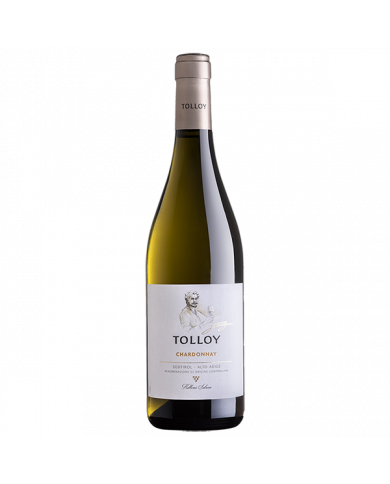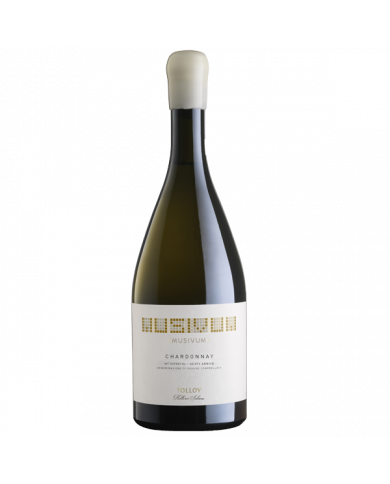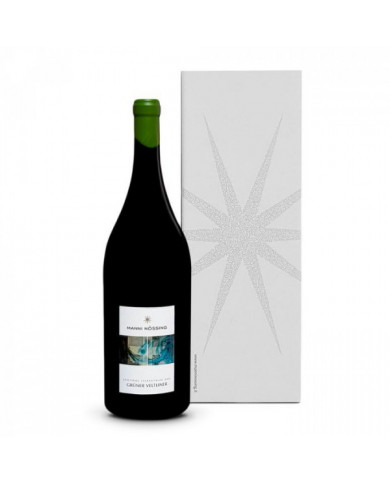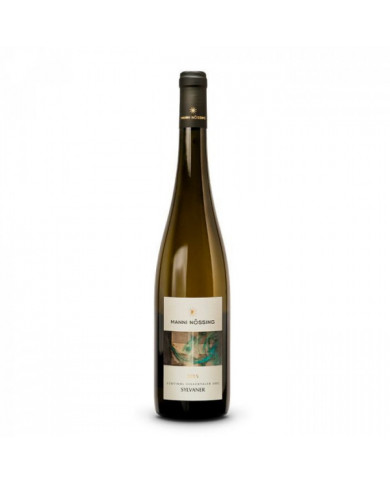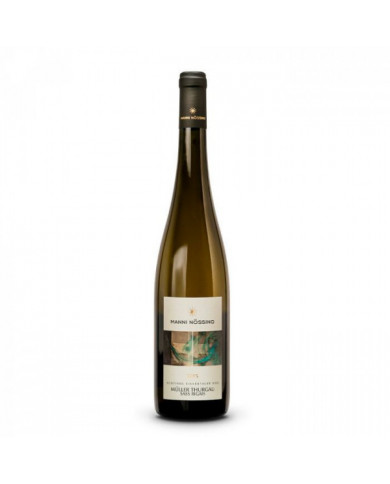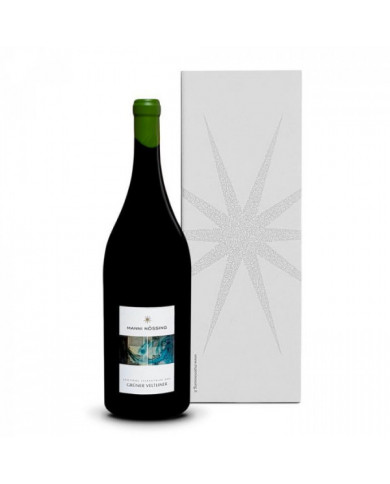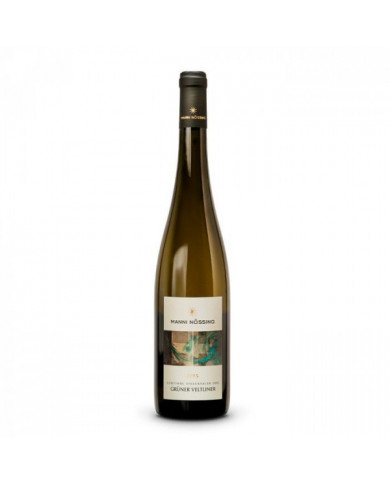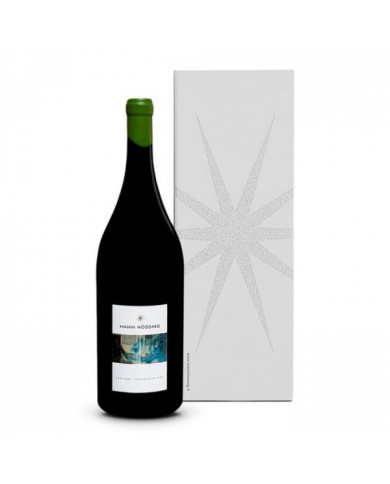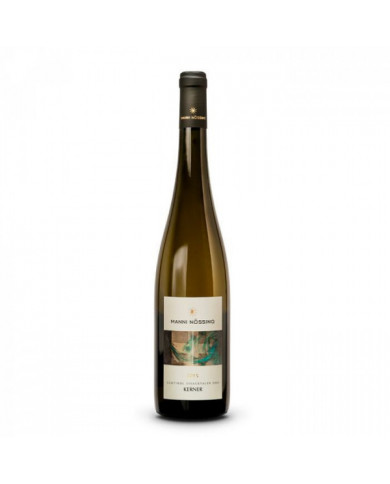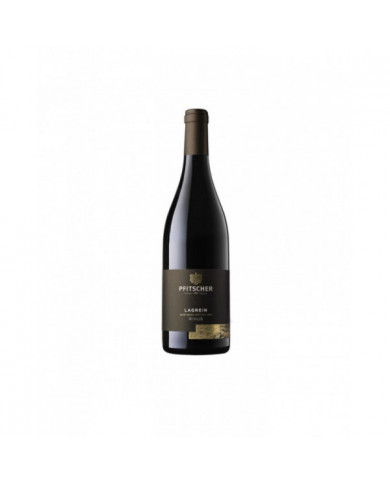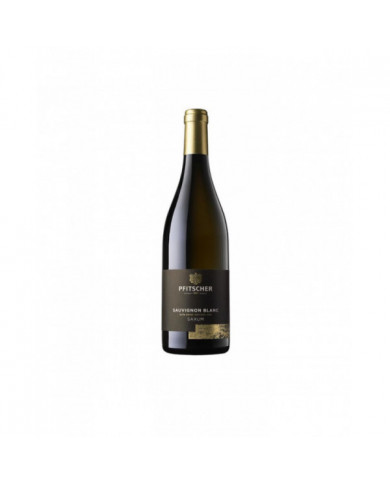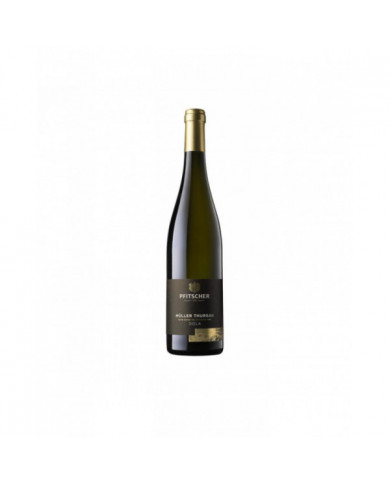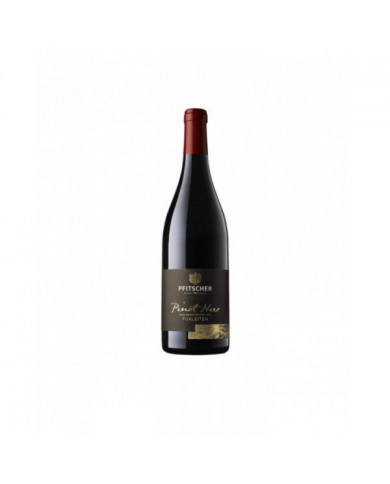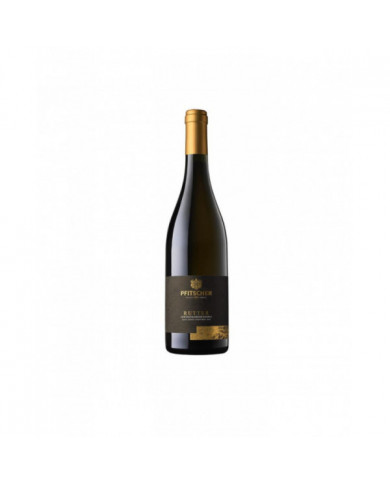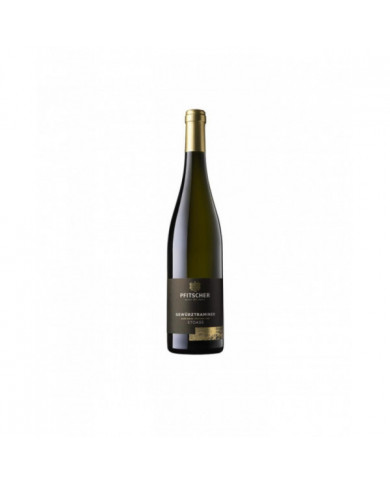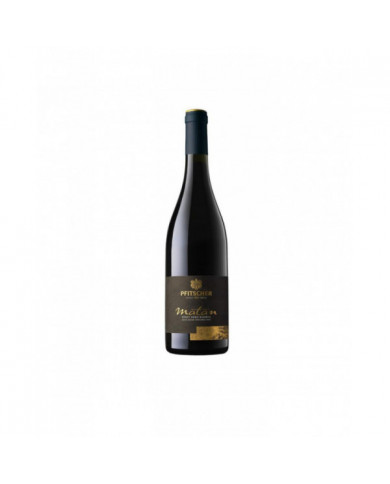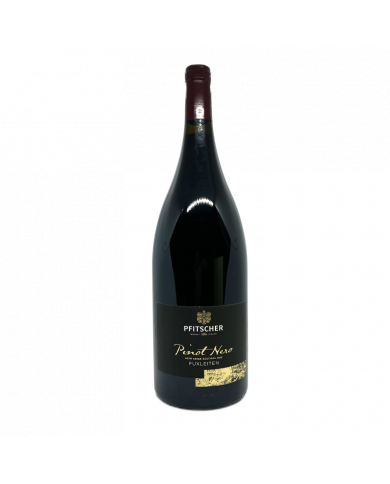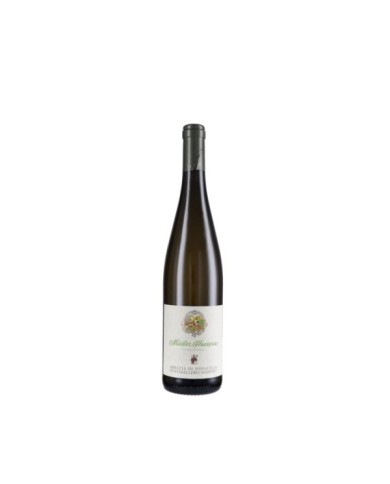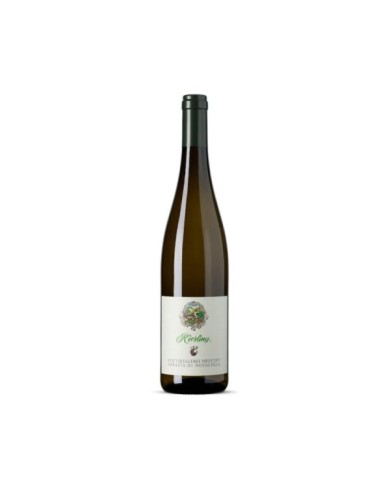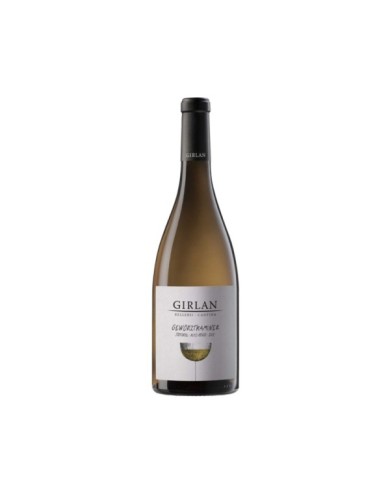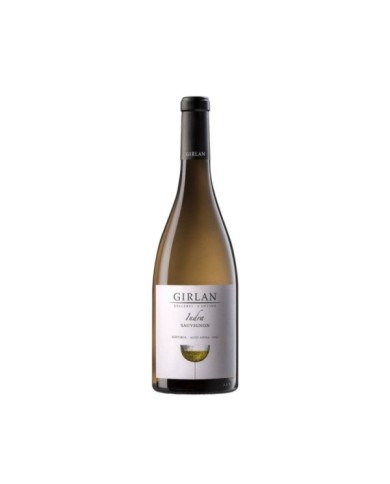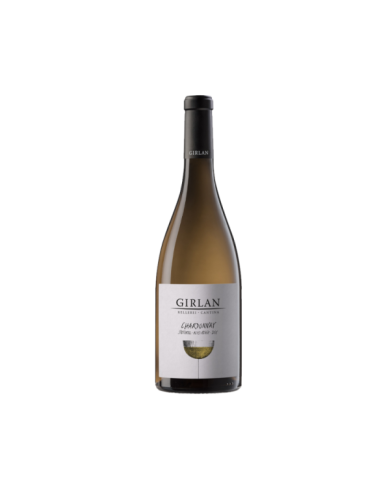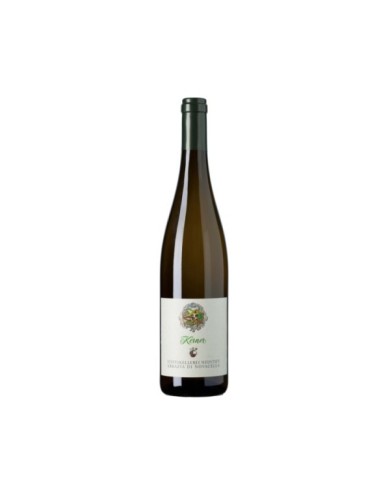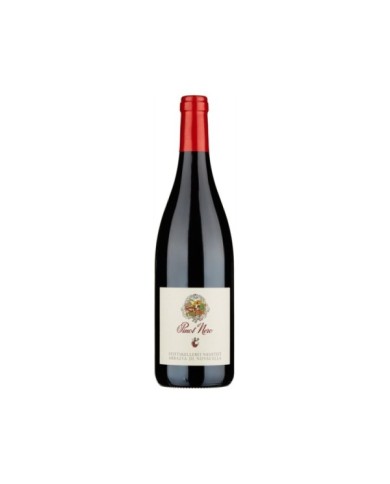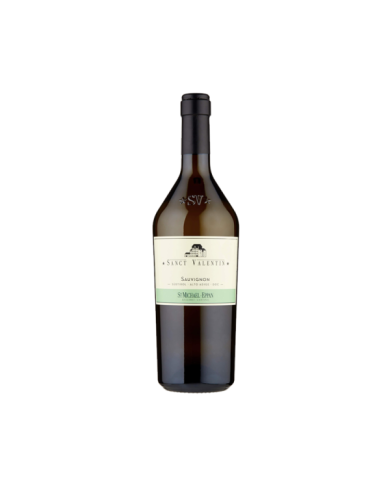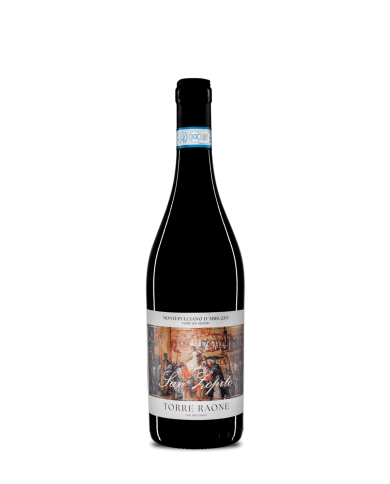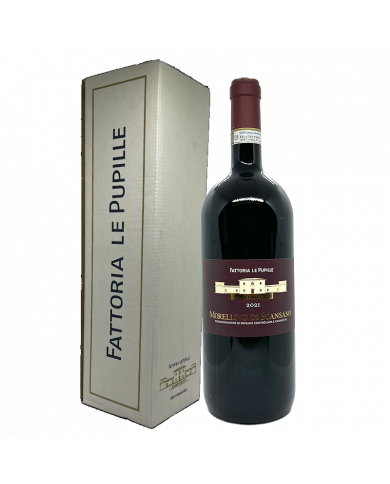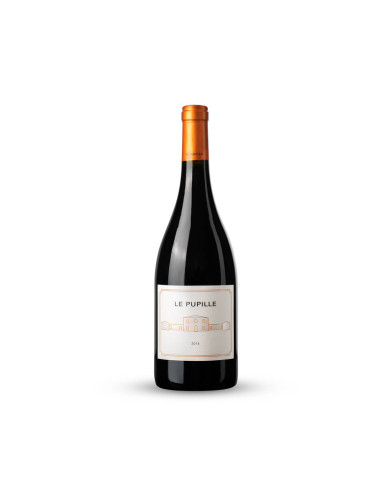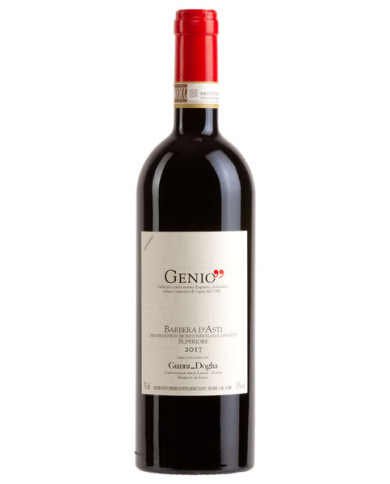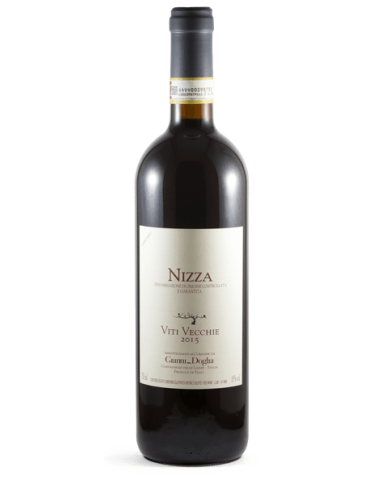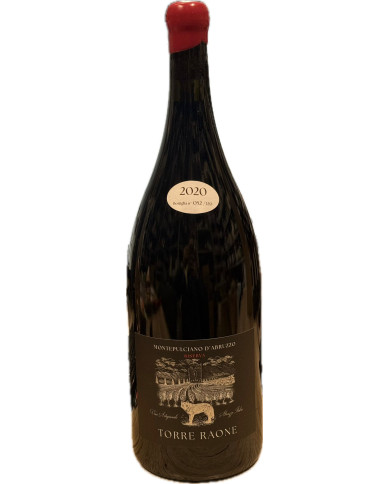Chardonnay is one of the international grape varieties that best adapts to the environmental and climatic characteristics of Alto Adige. Here it manages to express all its aromatic potential. The particular location of the vineyards, between 200 and 500 meters above sea level, gives this wine a wide range of scents and aromas and the strong temperature range allows the wonderful acidity and freshness to be preserved. The grapes are harvested by hand around mid-September and subjected to traditional vinification with brief contact on the skins to increase the extraction of the varietal aromas characteristic of the grape. Subsequently the must is subjected to fermentation at low temperature
The production area chosen for the Chardonnay Musivum is located in Alto Adige and includes various locations: mainly in the municipality of Salorno, Magrè and Egna. The characteristics of the area, inclined to maintain high acid content, are ideal for the cultivation of Chardonnay which manages to reach high sugar levels. Another peculiarity of this area, ideal for growing grapes, is the microclimate characterized by good wind – which avoids dangerous stagnation of humidity and guarantees rapid drying of the grapes after the rains – and by an insolation throughout the day. Production begins with a slightly delayed manual harvest to enhance the aromatic richness of this variety. In the Cellar, the individual containers are distinguished on the basis of the characteristics of the grapes, so as to diversify the vinification process. All the grapes are cooled in the cell at 2-3°C. The following days those with a yellow/golden color are removed from the stalks and left to rest in the press for 4/5 hours in contact with the skins (cryomaceration) to increase the extraction of the aromatic precursors of this variety. The yellow/green colored grapes are instead de-stemmed and immediately subjected to soft pressing. From both portions a free-run must is obtained which is followed by natural decanting. The start of fermentation takes place in special stainless steel tanks, specially designed for the " Musivum " project, with selected yeasts and with a progressive and controlled increase in temperature from 14° to 18°C. Once fermentation has started, 65% of the volume continues its journey in the new barrique cellar: 50% in second passage oak barrels, where it remains for the refinement phase and the other 15% is aged in new French oak barriques at medium roast. The remaining 35% completes the fermentation in steel. During the refinement the 3 portions are kept separate, with frequent movements of the fine lees, up to 2 months before bottling, when they are brought together to amalgamate the different components, i.e. those fermented and aged in the various woods with the one fermented and aged in steel .
White wine with a straw yellow color and an unmistakable and intense aroma of gooseberry, currant, elderberry, lilac and peach, coming from vines grown on calcareous soils of glacial origin. The nose has an intense and fruity aroma, while the palate is dry, with delicate acidic notes.
Precious light white wine, characterized by a slight acidity and a fruity bouquet. The nose captivates with delicate notes of nutmeg and stone fruit. The clear yellow-green color of this dry white wine captivates with its fruity and intense flavour.
Long-lived and refined GewĂĽrztraminer with an intense fruity aroma of rose with notes of exotic fruits. White wine with shades of color from straw yellow to gold, delicate and balanced on the palate.
Pinot Noir Matan grows in the most prestigious areas in Montagna for this vine. Thanks to the terroir, this wine is characterized by character, elegance, delicacy and aromatic notes. The considerable temperature range between day and night, which characterizes the ripening phase of the grapes, makes this robust dark red wine, with an aroma of wild berries, particularly structured.
The intense aroma of red and dark berries and violets is typical of our cultivation area in the mountains, which is considered one of the most suitable for this variety. In the mouth, this red wine unfolds harmoniously, full-bodied and persistent. In the glass, the wine shines in a beautiful ruby red.
Straw yellow, the nose expresses a delicate floral and fruity bouquet, characterized by strong citrus and tropical hints. On the palate it is slightly aromatic, fresh and savory, incisive and persistent.
Excellent as an aperitif, it goes well with light appetizers, salads, fried fish.
Straw yellow color to the eye, bright and clean. The nose is deep and aromatic, rich in scents reminiscent of ripe tropical fruit and yellow flowers. Secondly, the bouquet is completed by citrus nuances and mineral nuances. The taste is long and consistent with the sense of smell, with good body and good balance. Versatile in combinations, it accompanies aromatic and tasty preparations. Try it together with the Venetian liver.
Brilliant straw yellow to the eye. Intense on the nose with notes of peach, citrus, spring flowers and elderberry. Full-bodied taste, which rests on a lively freshness and on the typical flavor.
Fragrant white to combine with first and second courses of seafood, vegetarian dishes and spicy recipes of oriental cuisine.
Girlan 's Chardonnay is a young and fresh white wine from South Tyrol, with excellent balance and versatile elegance. The soft and refreshing sip, enlivened by aromas of yellow fruit and wildflowers. Ideal with fish-based appetizers and delicate dishes.
Brilliant straw yellow, the nose expresses aromas of wild sambuca and figs and a slightly spicy trace. In the mouth it is fine, decisive, dry and persistent. Of good acidity, it closes with an extremely clean finish on the fruit.
Excellent as an aperitif, the Sauvignon Sanct Valentin is an ideal white wine to accompany fish-based appetizers with delicate sauces or local cheeses, not too mature.
Kulinarik: Erleben Sie die Appellation Alto Adige SĂĽdtirol!
SĂĽdtirol, a region of Trentino Alto Adige in Italy, is one of the largest wine appellations in Italy. In the heart of the Alps, this wine region produces superior quality wines from indigenous grapes from the vineyards located in the mountains. The Alto Adige SĂĽdtirol Denomination ( DAAS ) is a protected wine area that offers numerous options of high quality wines. The grapes produced in this area are grown in the traditional way, according to the principles of sustainable agriculture. Here, a combination of soils, climate and grape varieties give the wines a unique character that is recognized around the world.
If you want to discover the greatness of the Alto Adige SĂĽdtirol Denomination, you are on the right page. In this article we will talk about the history, wines and food culture of this region, so get ready to explore this amazing world!
The history of the Alto Adige SĂĽdtirol Denomination
The Alto Adige SĂĽdtirol Denomination was founded in 1978 and is one of the largest wine denominations in Italy. It extends over 44 municipalities in the region, covering the provinces of Bolzano and Trento. The wine region is divided into four subzones, each with unique characteristics in terms of soil, climate and grape variety.
The success of this wine region is due to the commitment of local farmers, who are committed to cultivating grapes in the traditional way, according to principles of sustainable agriculture. Due to the diversity of the land and climate, this area offers a great variety of superior quality wines.
The wines of the Alto Adige SĂĽdtirol Denomination
The Alto Adige SĂĽdtirol Appellation is known for its white wines, which are among the best in Italy. The range of white wines includes varieties such as Chardonnay, Pinot Gris and Sauvignon Blanc.
In addition to white wines, red wines can also be found in this wine region, including Pinot Noir, Lagrein, Merlot and Cabernet Sauvignon. DAAS also produces rosé wines, such as Rosé Pinot Grigio and Rosé Merlot. Furthermore, this area is famous for its sweet and passito wines, such as Sylvaner Dolce, Gewürztraminer Dolce and Moscato Giallo.
The culinary culture of the Alto Adige SĂĽdtirol Denomination
Like all the regions of Trentino Alto Adige, the Alto Adige SĂĽdtirol Denomination has a rich culinary tradition. The gastronomy of the region is a mix of Italian, Austrian and German influences, with a modern twist.
Main dishes from the region include dumplings, a type of dumpling made with stale bread and spices, and Knödel, a potato dumpling that can be served as a side dish or main course. Other typical dishes of the area include Zuppa di Pane, a soup made with bread and vegetables, and dumplings with cheese, a sweeter version of the traditional dumplings.
Furthermore, the region is known for its cheeses, such as Trentingrana and Puzzone di Moena. Let's not forget the desserts, such as apple pies and Christmas cookies.
The Alto Adige SĂĽdtirol Denomination is a paradise for wine lovers
The Alto Adige SĂĽdtirol appellation is a paradise for sommeliers and wine lovers. The region offers a large variety of superior quality wines, all produced according to sustainable agricultural principles. The wines of this area have a unique character which is appreciated all over the world.
Furthermore, the region also offers a rich culinary culture that is perfect to accompany the wines of the area. If you too want to taste the wines and dishes of the Alto Adige SĂĽdtirol Denomination, do not hesitate to visit this splendid region and discover everything it has to offer.

